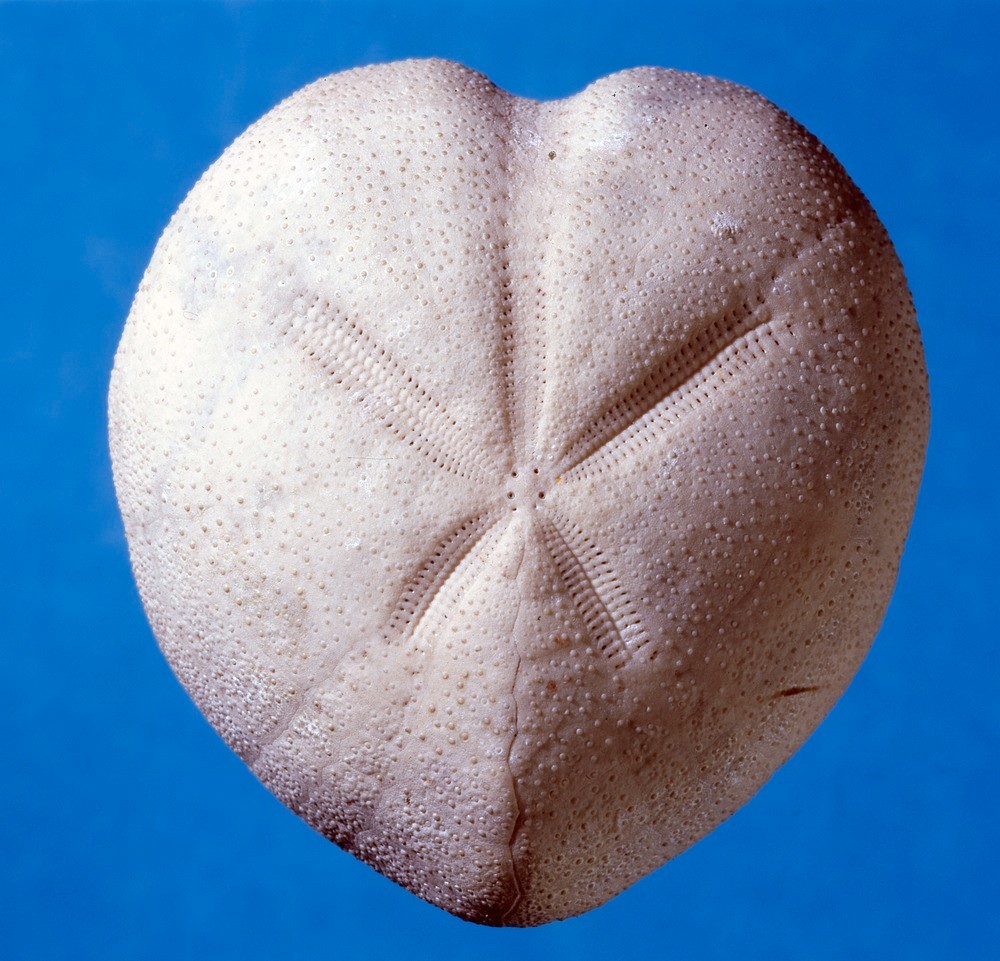| P number: | P550272 |
|---|---|
| Caption: | Micraster coranguinum, a fossil echinoid. |
| Description: | Micraster first evolved during the late Cretaceous, about 95 million years ago, and although it survived the mass extinction at the close of the Cretaceous, when the dinosaurs and ammonites became extinct, it died out soon afterwards in the Palaeocene/Danian (about 60-65 million years ago). Micraster coranguinum is a useful zone index species from the Upper Cretaceous Chalk in southern England (between about 84 and 87 million years ago). Micraster coranguinum has a heart-shaped body (test) with a petal shaped grouping of plates (called ambulacra) perforated by a number of pores. The rest of the test is composed of a number of calcite plates. The mouth is underneath the echinoid and the anus is situated at the bottom of the illustrated specimen at the point of the heart-shape. Echinoids (sea urchins) have lived in marine habitats since the Ordovician times, about 450 million years ago. They still live today, inhabiting many shallow, near shore seas around the world. As fossil echinoids resemble living species, we have an idea how they must have lived. They had spines which are used for protection. Some species protected themselves from carnivores by having poison-tipped spines while others had large, unpalatable solid spines. Echinoids burrowed into the sand or crawled over the sea floor on their tubed feet, which extended from the paired pores on the star-like or petal-like areas (the ambulacra). They grazed and scavenging algae and plants or ate small particles in the sandy substrate. |
| Photographer: | Unknown |
| Copyright statement: | Unknown |
| Orientation: | Landscape |
| Size: | 484.30 KB; 1000 x 961 pixels; 85 x 81 mm (print at 300 DPI); 265 x 254 mm (screen at 96 DPI); |
| Average Rating: | Not yet rated |
| Categories: | Best of BGS Images/ Fossils |
Reviews
There is currently no feedback

